ASIC Miner ICERIVER KAS KS0 Profitability In the realm of cryptocurrency mining, the Iceriver KAS KS0 miner has garnered widespread attention. Tailored specifically for the Kaspa network's KHeavyHash algorithm, it boasts high hashing power and low power consumption, making it an ideal choice for many miners. In this article, we will comprehensively assess IceRiver KS0 profitability while considering the Kaspa market conditions and the attributes of KS0 miner. Kaspa Market Dynamics Kaspa is a vibrant cryptocurrency network aimed at delivering high performance and scalability for everyday transactions. At the time of writing this article, the Kaspa coin trades at approximately $0.04959. But it's essential to note that cryptocurrency markets are highly susceptible to price volatility. Hence, investors must remain vigilant about market dynamics. Additionally, the Kaspa network's mining difficulty and reward mechanisms play a role in mining returns. Attributes of the IceRiver KS...
What is the difference between the different versions of the S9 hash board chip type?
This article will take the S9 hash board as an example to explain the difference between the V3.76 version of the hash board and the V4.21 version of the hash board. Let's take a look!
Easily damaged parts of Antminer S9 hash board:
V3.76 version and V4.21 version hash board the same chip:
A single S9 hash board has a total of 63 BM1387B ASIC chips, which are located under the heat sink and are connected to it by thermosetting adhesives, which are mainly responsible for the hash rate calculation of the whole miner.
U3: PIC16F1704
The PIC16F1704 is an 8-bit microcontroller processor that combines intelligent analog integration with low cost and very low power consumption, mainly used to maintain hash boards. The operating temperature of this chip is between -40°C and 85°C.
U88: CT1R
CT1R and CT1F can be used in common use. It is a dual-power bus transceiver chip IC with 6-pin SOT23-6 package technology. The operating voltage is between 1.65V and 5.5V.
U89: Hash board T451 temperature sensor
The temperature sensor chip is mainly used to sense the temperature of the hash board. If the temperature sensor chip is damaged, it will cause abnormal temperature readings, the hash board will not start when the temperature is too low, or the miner will stop running when it is too high.
U78: M4JD
According to the analysis of the maintenance personnel, the hash board can normally work by replacing the faulty M4JD chip with the normal working 4VK4. Therefore, we can speculate that M4JD and 4VK4 have the same function. They are both voltage regulators. The output voltage is between 1.0V and 5.0V, and the maximum output current is 300mA.
The LN1134A182MR-G is a high-speed, low-dropout, high-precision output voltage, low-current-consumption positive-voltage voltage regulator developed using CMOS technology. Due to the built-in low on-resistance transistor, the differential pressure is low, and a larger output current can be obtained.
The different chips of the V3.76 version and V4.21 version of the hash board:
V3.76 version of the hash board chip:
UI: controller chip LM27402S
LM27402S is a new original high performance controller with DCR current sensing function, suitable for hash board maintenance. Current sensing is facilitated by improving overall efficiency, resulting in high accuracy and low voltage capability.
Q1, Q3, Q4, Q5: MOS Chip TPHR9003NL
When the miner cannot recognize the hash board and the test fixture cannot recognize the hash, you can check whether the chip's voltage is normal. Under normal circumstances, the voltage is unstable, and the lightning surge will cause damage to the MOS.
U7: CMOS LDO regulator DD7R
The BL9198 DD7R is designed for portable RF and wireless applications with demanding performance and space requirements. Performance is optimized for battery-powered systems, delivering ultra-low noise and low quiescent current.
V4.21 version of the hash board chip:
U1: UP1542S
The UP1542SSU8 is a compact synchronous rectifier buck controller designed to operate from a 5V or 12V supply voltage and provide a high-quality output voltage down to 0.6V for linear OCPs. Housed in a PSOP-8L package, the part features internal soft-start, over/under-voltage protection, over-current protection, and shutdown functions.
Q4: QN3109
The QN3109 is the highest-performance trench N-channel buck converter with extremely high cell density. It provides excellent RDSON and gate charge for most synchronous buck converter applications; its advanced high cell density Trench technology is ideal for hash board repairs.
U7:D8M7KW


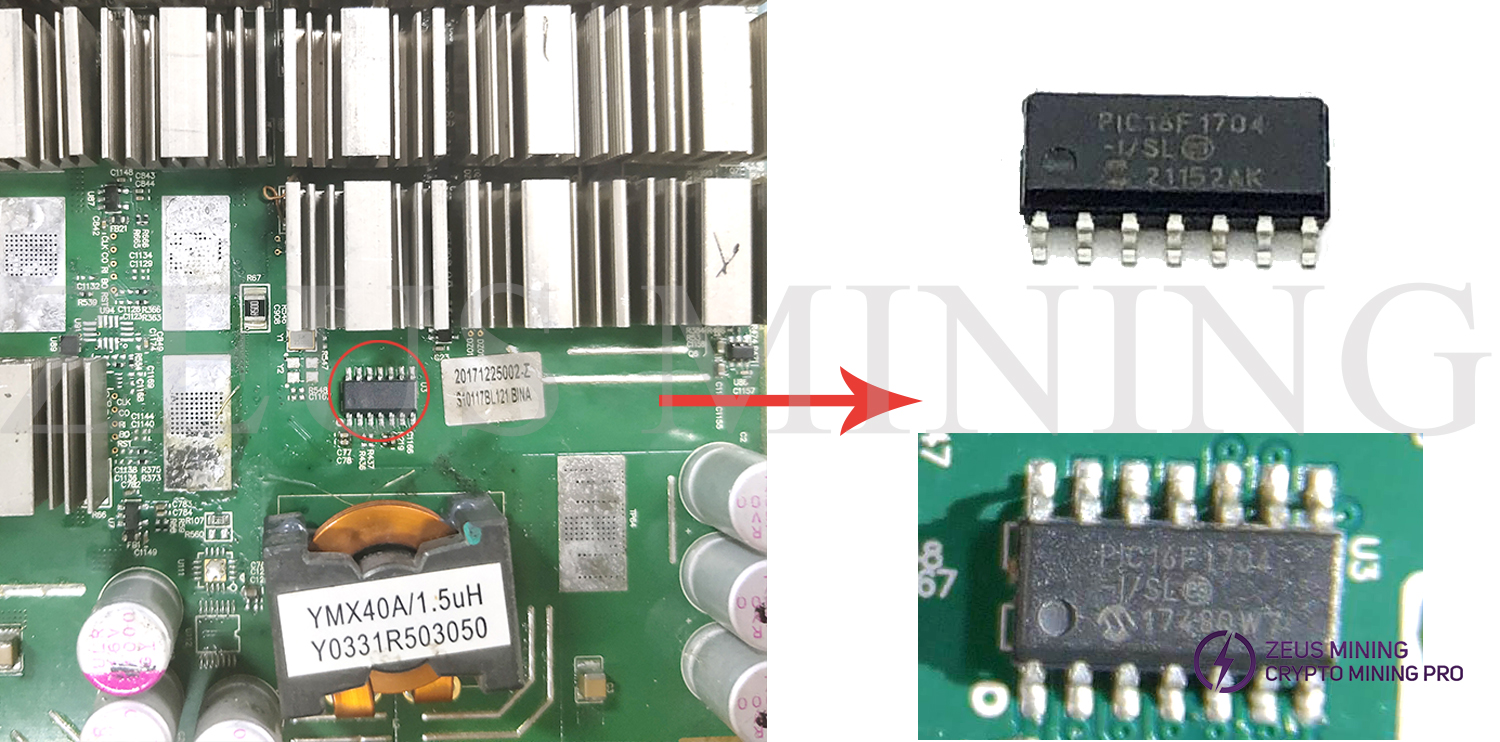
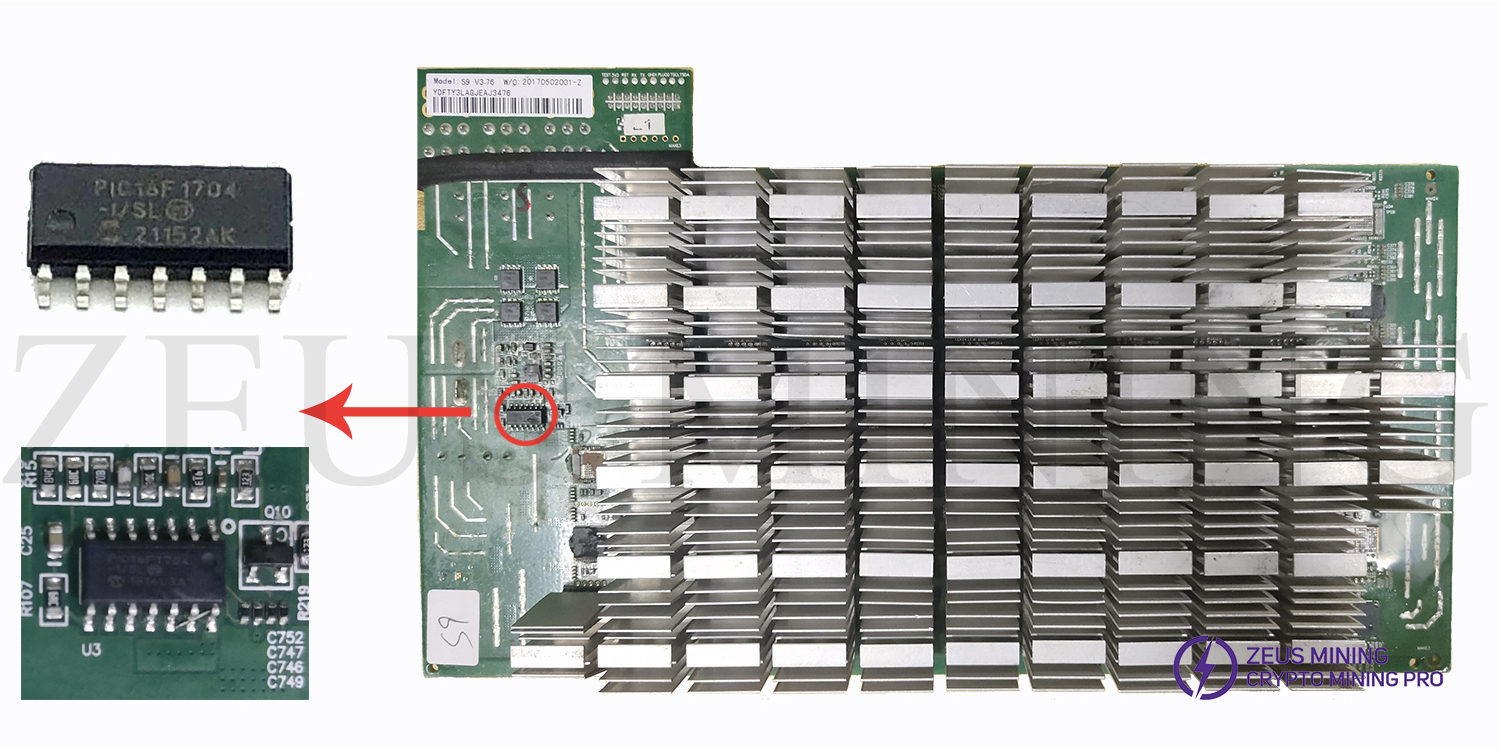

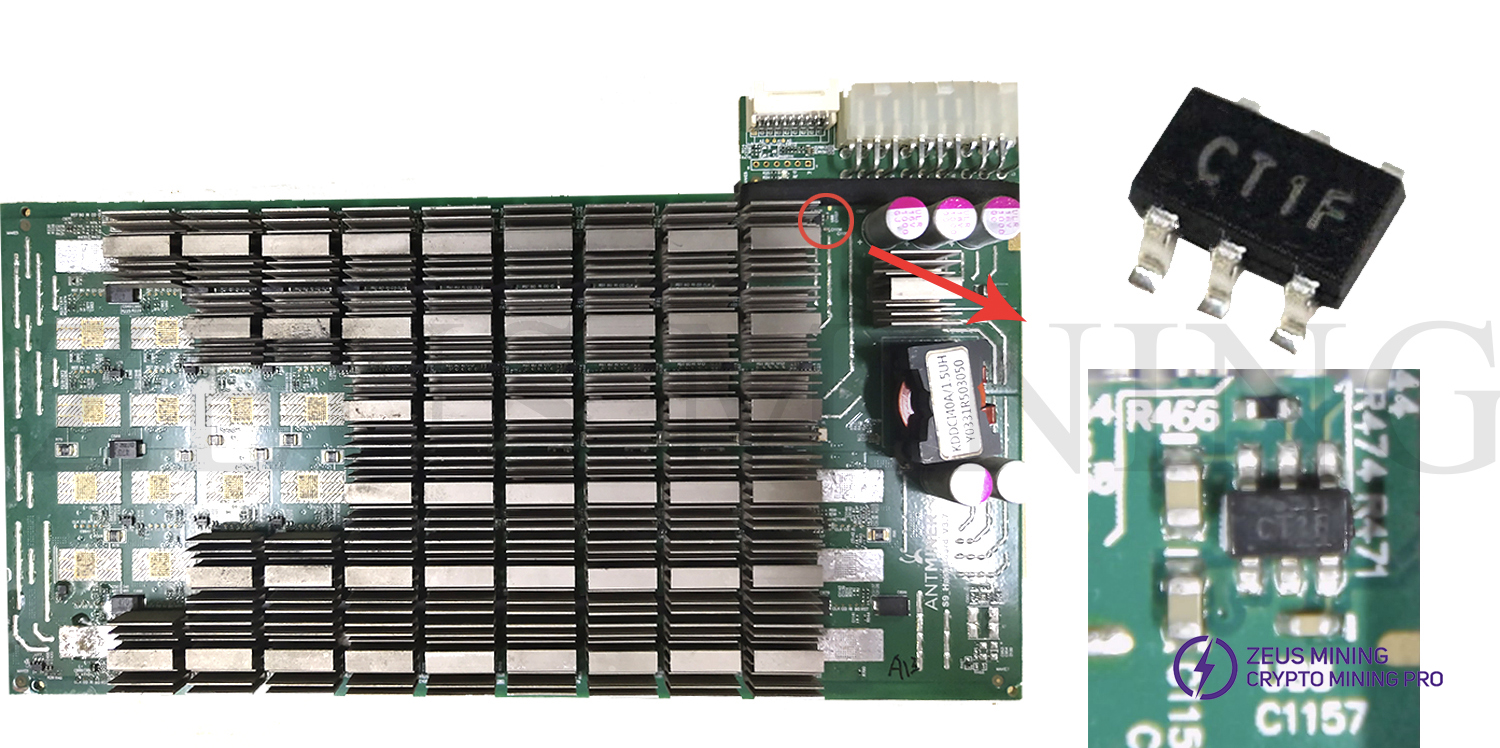
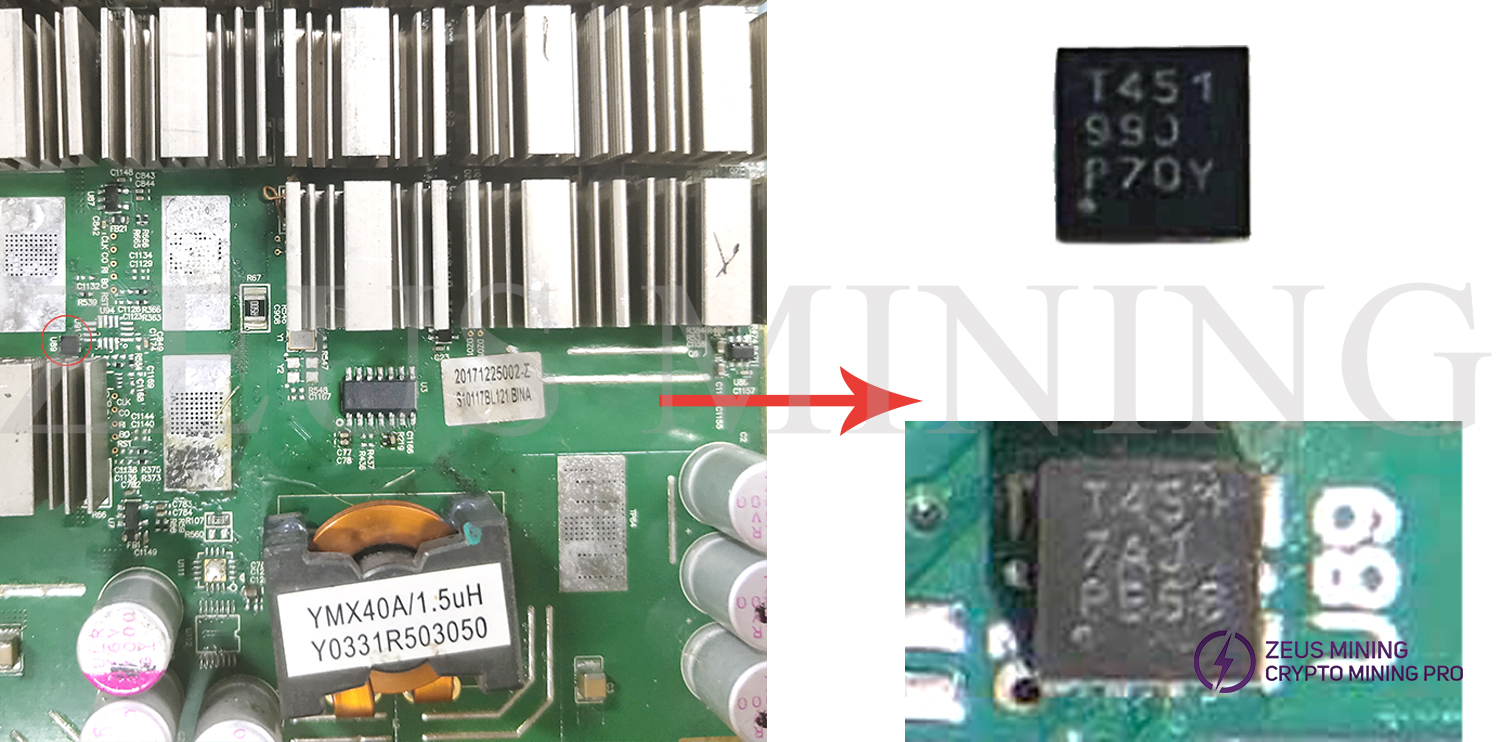
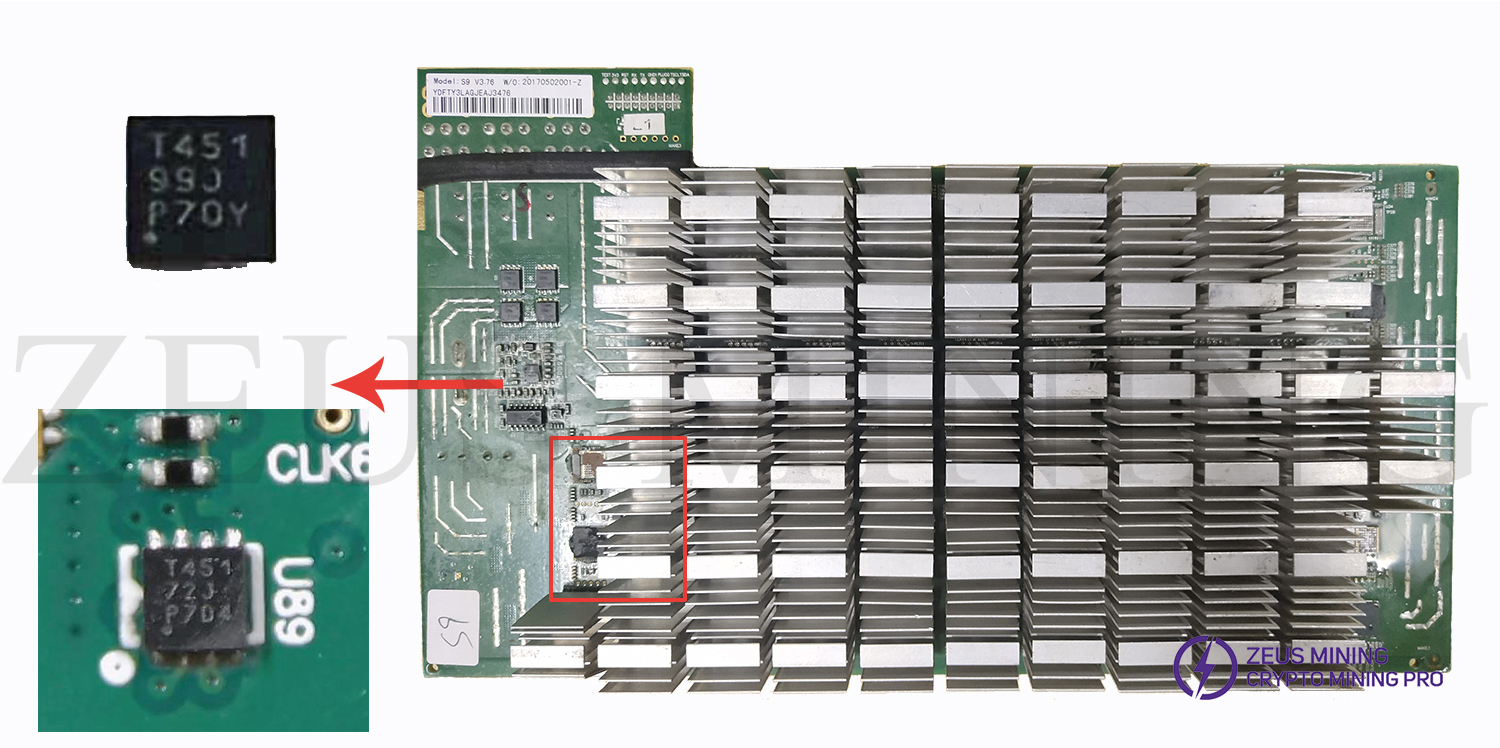
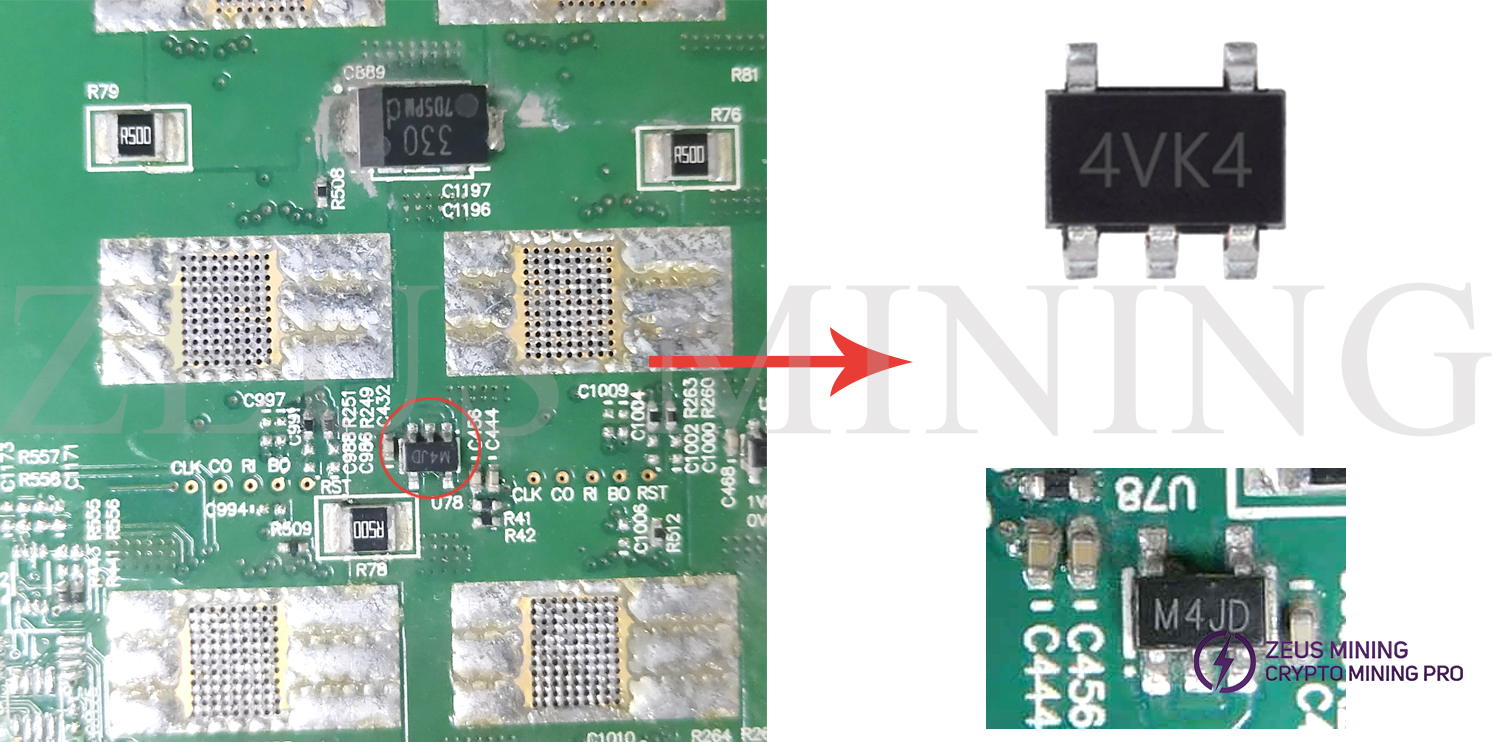
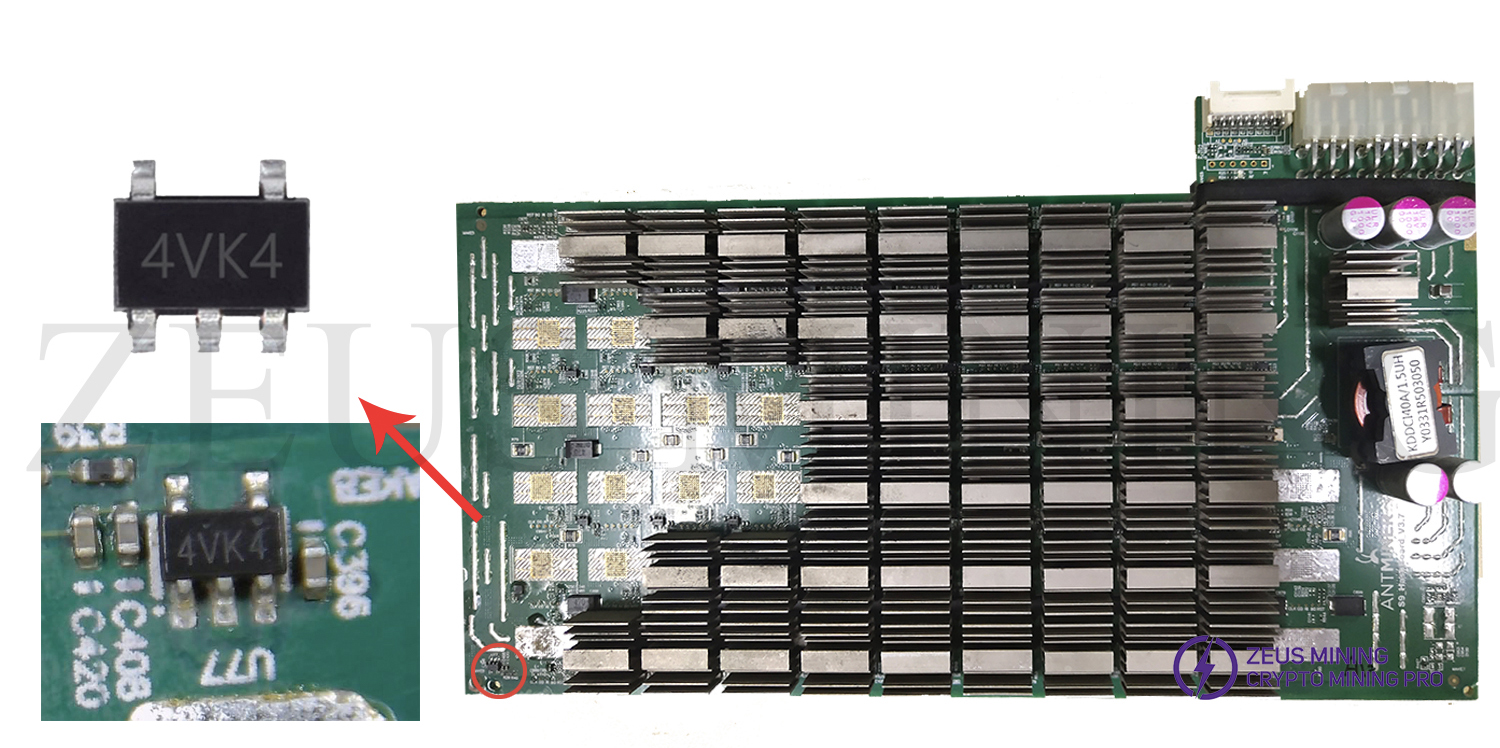
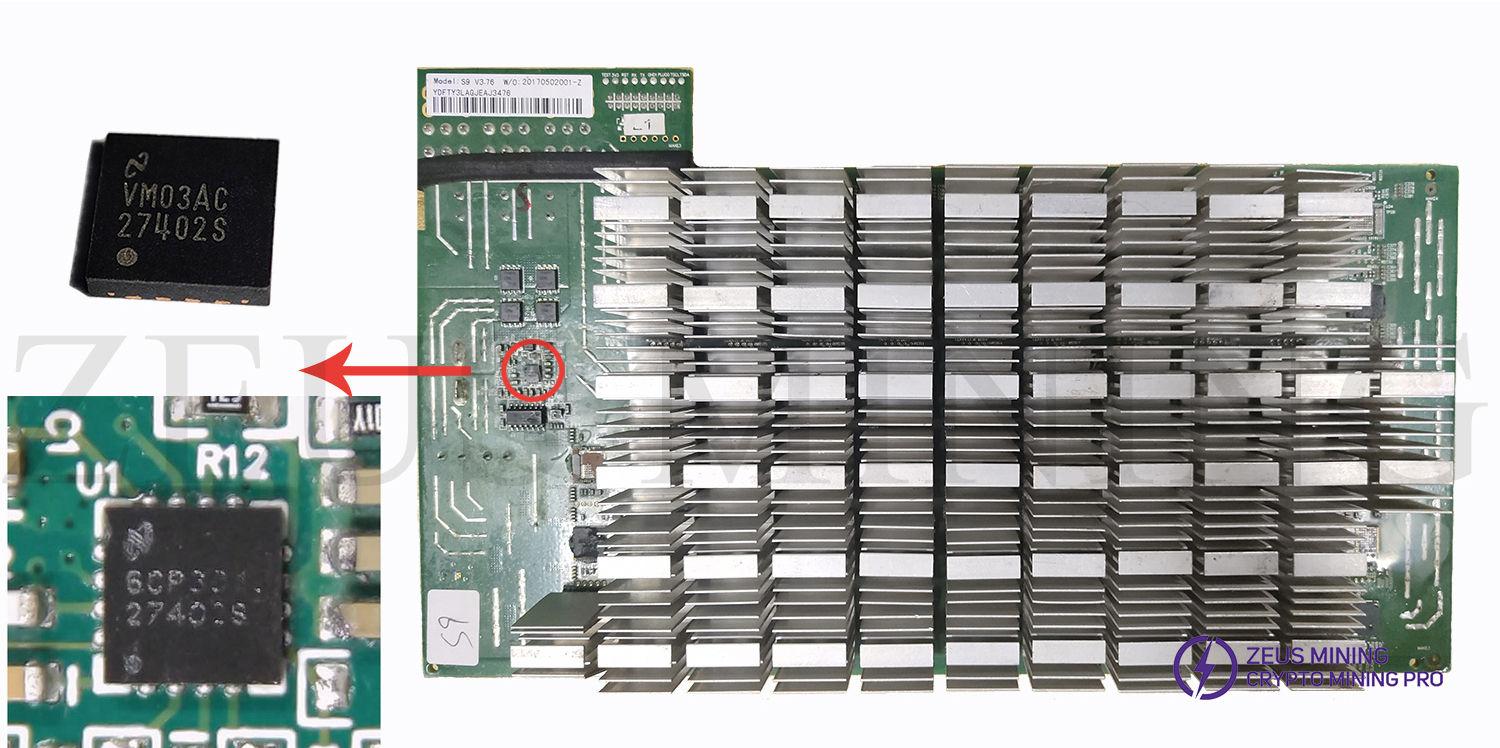

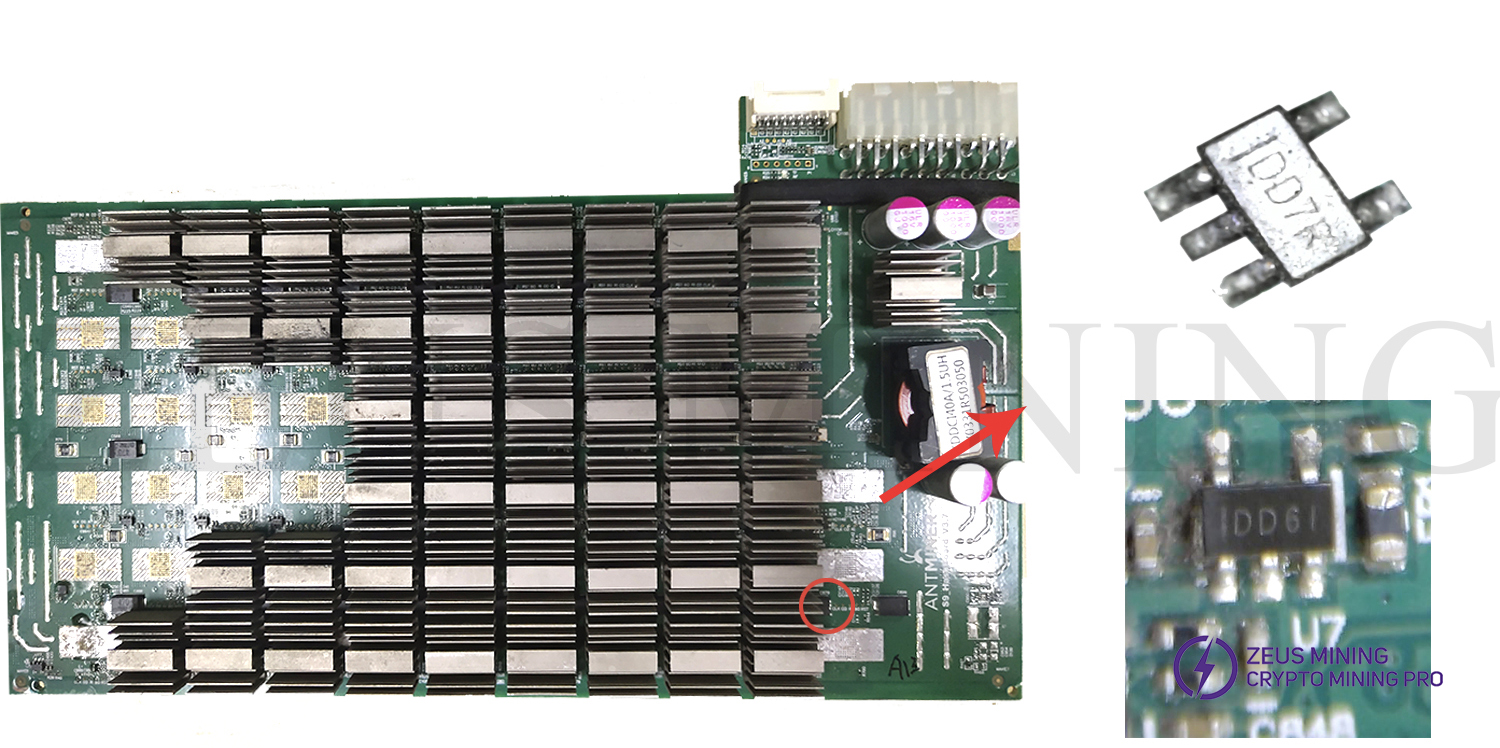


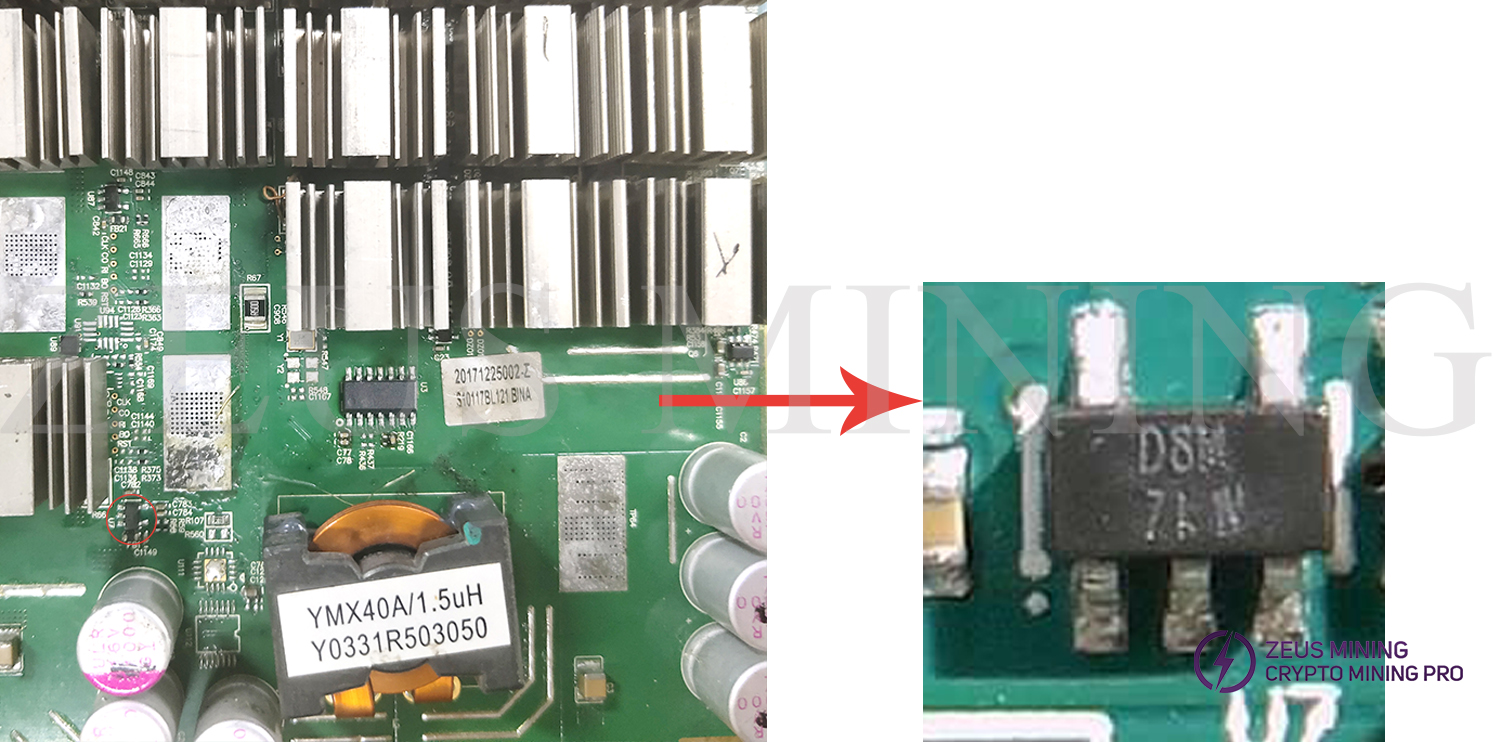
Comments
Post a Comment
Tell us your opinion